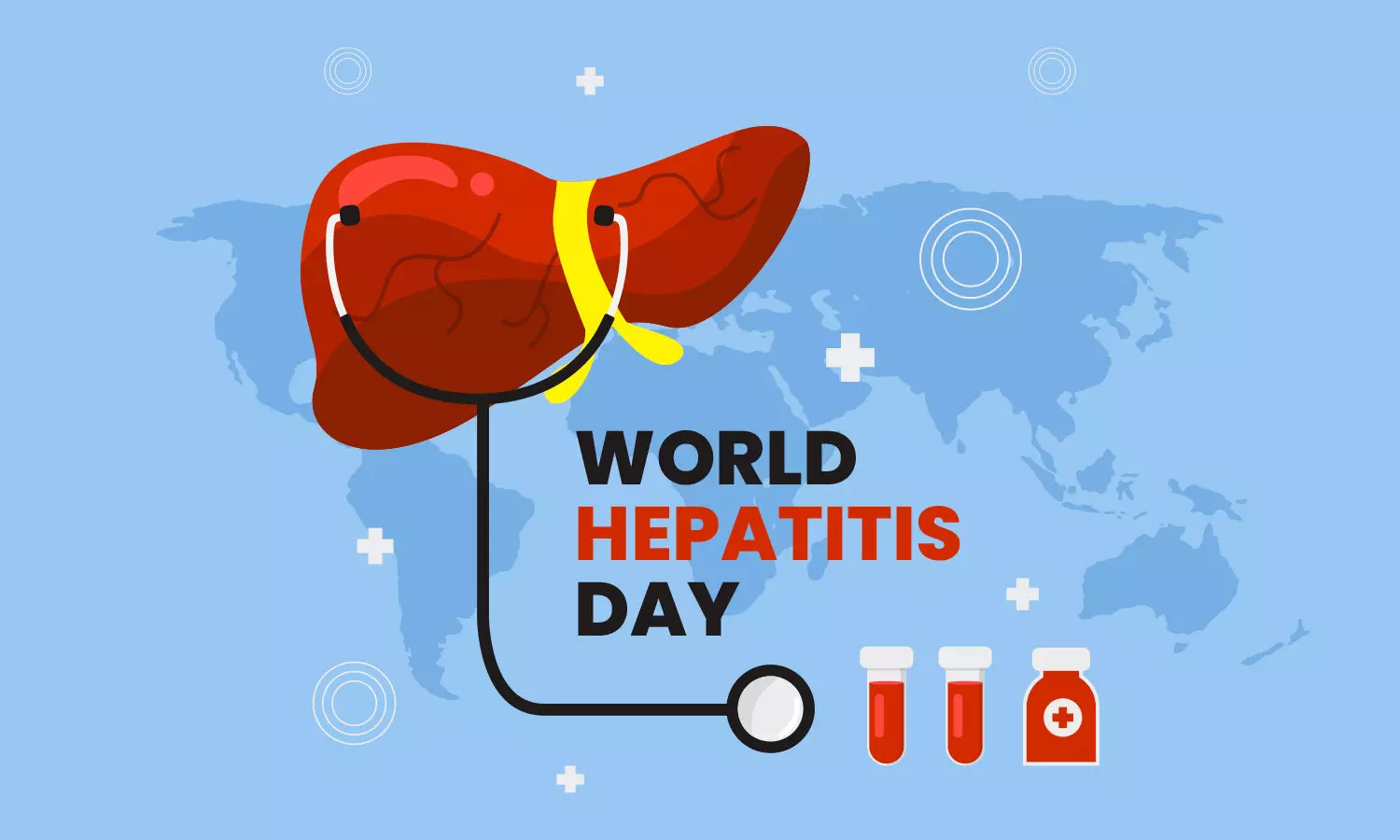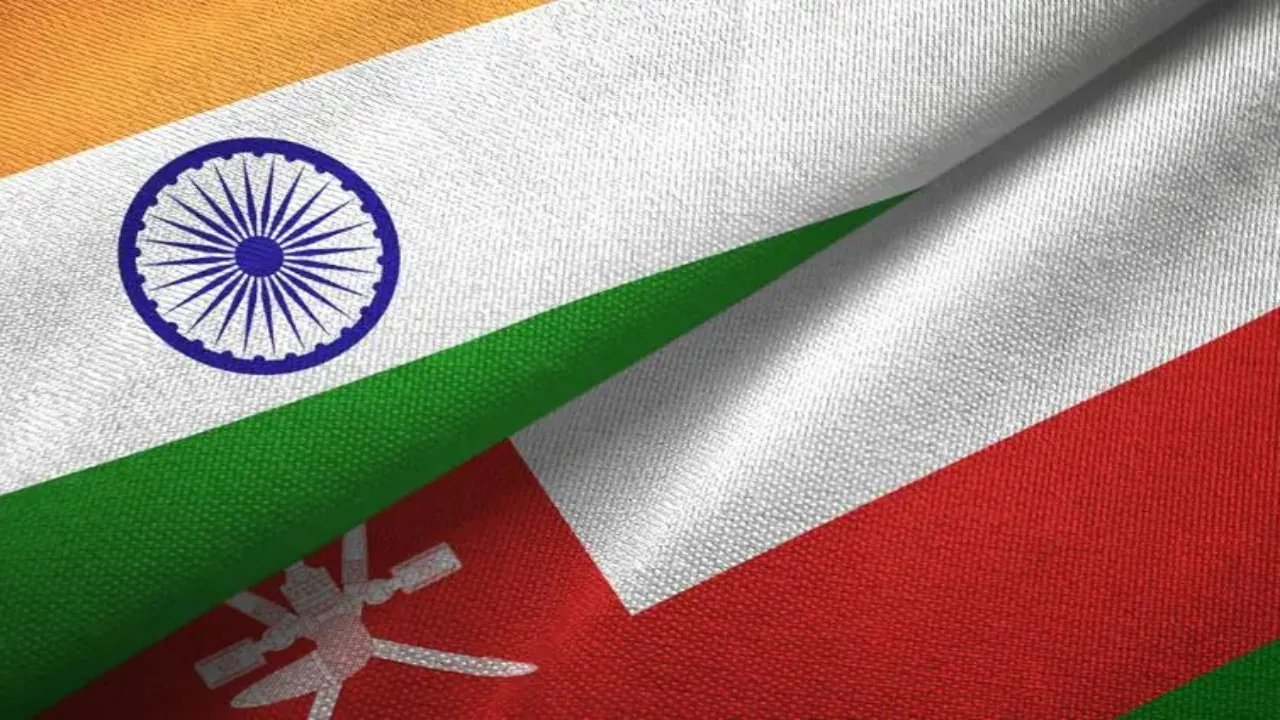Understanding Conservation
World Conservation Day emphasizes the importance of protecting and preserving the natural environment. Conservation efforts aim to safeguard biodiversity, manage natural resources sustainably, and address environmental challenges.
- Biodiversity: Protecting the variety of life on Earth, including species, ecosystems, and genetic diversity, is crucial for maintaining ecological balance and resilience.
- Natural Resources: Sustainable management of resources such as water, soil, and forests is essential for ensuring that future generations have access to these vital assets.
- Climate Change: Addressing climate change and its impact on ecosystems and species is a key component of conservation efforts.
The State of the Environment
- Biodiversity Loss: Many species are at risk of extinction due to habitat destruction, pollution, climate change, and other human activities.
- Deforestation: The loss of forests affects wildlife, climate regulation, and local communities. It is crucial to address deforestation and promote reforestation efforts.
- Pollution: Pollution of air, water, and soil poses significant threats to ecosystems and human health. Reducing pollution and managing waste are vital for environmental conservation.
Observing World Conservation Day
Promote Awareness
- Educational Initiatives: Educate others about the importance of conservation and the actions they can take to protect the environment. Use social media, community events, and educational programs to spread the message.
- Support Conservation Efforts: Contribute to and support organizations and initiatives dedicated to environmental conservation. Participate in campaigns and activities that promote sustainable practices.
Take Action
- Reduce, Reuse, Recycle: Practice and promote waste reduction through recycling and reusing materials. Adopt sustainable consumption habits to minimize environmental impact.
- Conserve Resources: Use resources such as water and energy wisely. Implement energy-saving measures and support renewable energy sources.
- Protect Wildlife: Support wildlife protection efforts and advocate for policies that safeguard endangered species and their habitats.
Personal Actions for Conservation
- Sustainable Living: Make lifestyle choices that reduce your environmental footprint. This includes using public transportation, reducing single-use plastics, and supporting eco-friendly products.
- Volunteer: Participate in conservation projects and volunteer with local organizations that work on environmental protection and restoration.
- Advocacy: Advocate for environmental policies and practices that promote conservation and sustainability at local, national, and global levels.
Combining Efforts: Health and Environment
Both World Hepatitis Day and World Conservation Day highlight critical issues that impact global health and well-being. Addressing these challenges requires a multifaceted approach:
- Health and Environment: Recognize the interconnection between health and environmental factors. For example, clean water and air are essential for preventing hepatitis and other diseases.
- Holistic Approach: Support initiatives that integrate health and environmental sustainability. For instance, promoting sustainable agriculture can reduce pollution and improve food security, benefiting both environmental health and human well-being.








